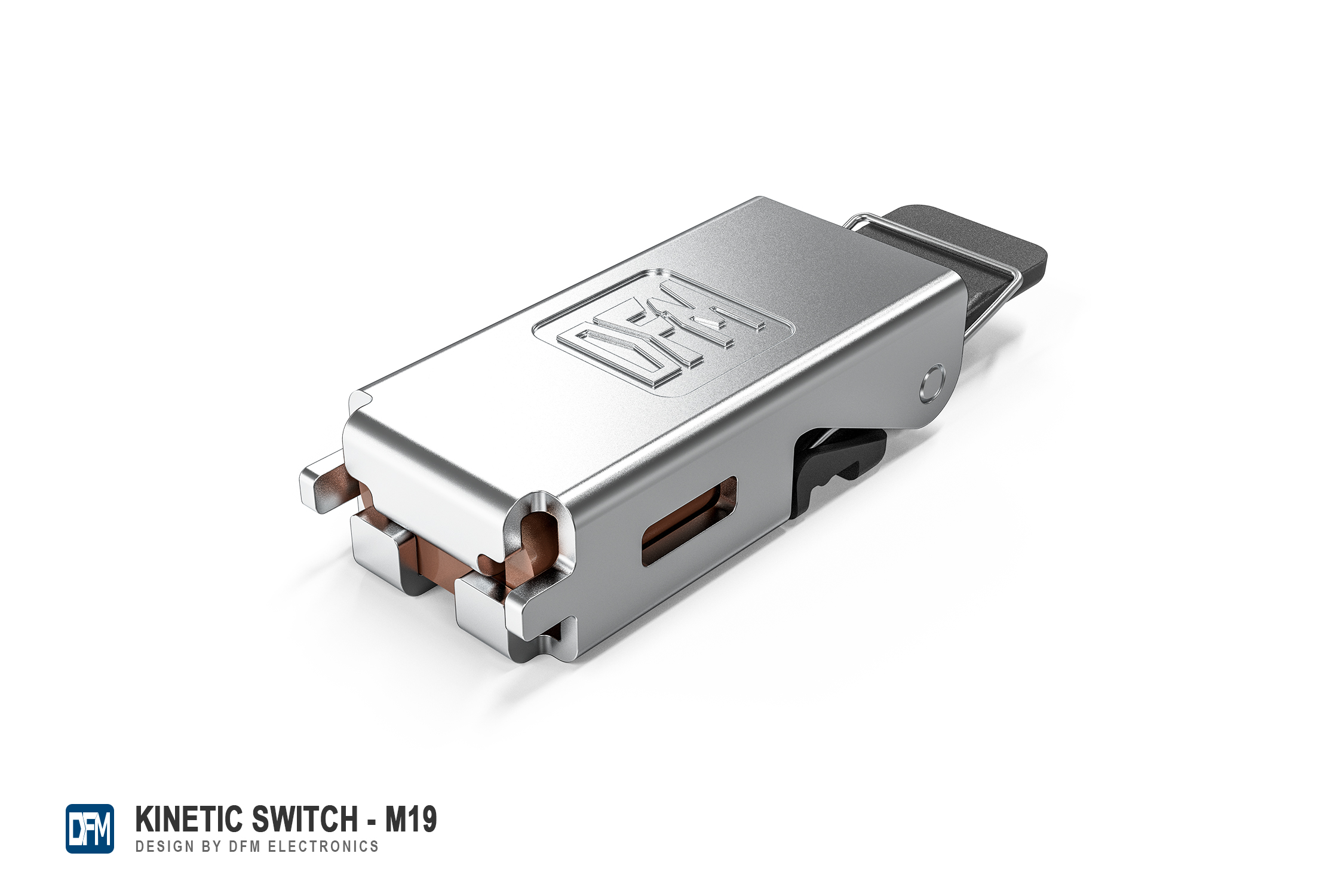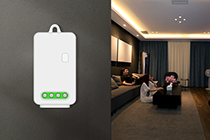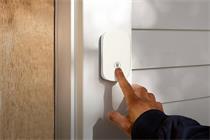As people's safety awareness increases, emergency equipment becomes especially important on some occasions. Combining emergency equipment with wireless kinetic switches can provide a more flexible and convenient solution for many scenarios. Here are some possible application scenarios and advantages:

1. Disaster emergency response system:
When a disaster event occurs, emergency equipment (e.g., emergency lights, pagers, etc.) can be combined with wireless kinetic switches and triggered in real-time via wireless communication protocols. This configuration allows the equipment to respond quickly and provide bright, reliable illumination, thus improving the visibility of the emergency scene. Not only that, because wireless kinetic switches do not use electricity, they can also be used in the event of a power outage, so that signals can be transmitted smoothly in a critical situation.
2. Smart home security system:
Wireless kinetic switches can be integrated with home security systems, for example, connected with smoke detectors, and door and window sensors. In case of emergency, users can activate the safety plan by triggering the wireless kinetic switch, including activating the alarm and notifying family members. The wireless kinetic switch not only stabilizes the signal but also supports smart control as well. It is capable of realizing whole-house light intelligence and accomplishing simple yet practical smart functions.
3. Medical equipment emergency response:
In medical environments, wireless kinetic switches can be combined with emergency pagers, heart rate monitors, and other medical devices to achieve instant medical response. For example, a patient can send an emergency request to a healthcare provider by triggering a wireless kinetic switch. In the modern healthcare environment, wireless control technology is a feather in the cap if it can be incorporated. Micro-robots as medical devices have taken the world by storm, and the use of remotely controlled micro-robots to probe and treat the human body reduces surgical trauma and achieves twice the results with half the effort. Similarly, the use of the wireless kinetic switching principle of emergency buttons, intelligent control devices, and other wireless operating tools, more efficient completion of medical steps.
4. Remote control drone emergency rescue:
Wireless kinetic switches can be combined with emergency rescue drones to initiate rapid response. Rescuers can trigger the drone through the wireless kinetic switch to quickly deliver rescue equipment to the disaster area, improving the efficiency of disaster rescue.
5. Traffic management and emergency evacuation:
In transportation systems, combining wireless kinetic switches and emergency equipment can be used for emergency evacuation and traffic management. For example, by installing wireless kinetic switches on roads, traffic light systems can be triggered to realize the smooth flow of emergency evacuation routes.
In these application scenarios, wireless kinetic switches are characterized by the ability to provide a reliable power source through human triggering or environmental energy harvesting. This combination can increase system reliability, and flexibility, and improve response time in emergencies. It is important to note that the security and stability of wireless communication also need to be considered to ensure the reliability of the system.

 CN
CN












 Home
Home DFM
DFM  Jan 26,2024
Jan 26,2024 
 Voice Function Gain Kinetic Switch
Voice Function Gain Kinetic Switch 
 Jan 23,2024
Jan 23,2024 












